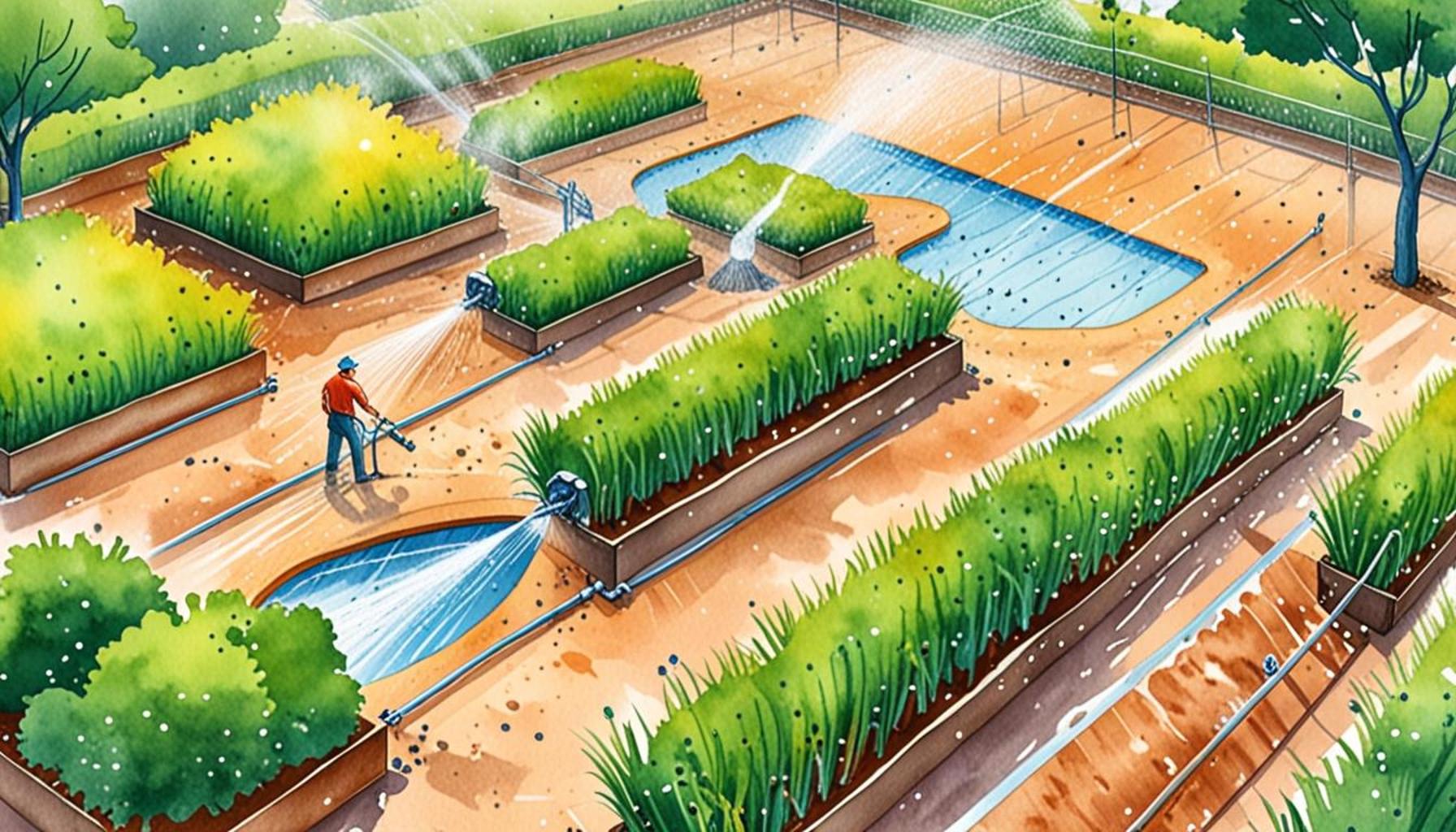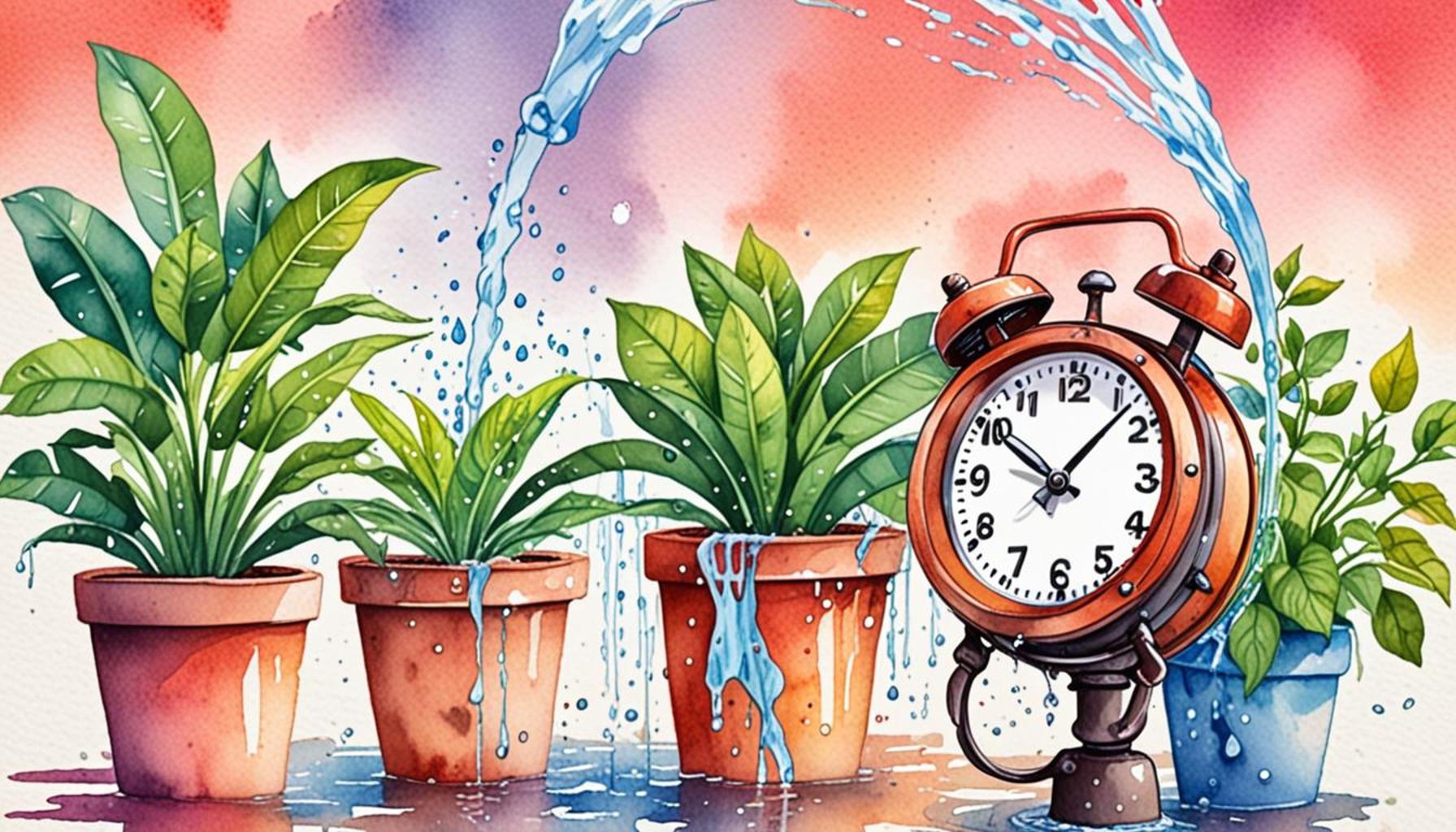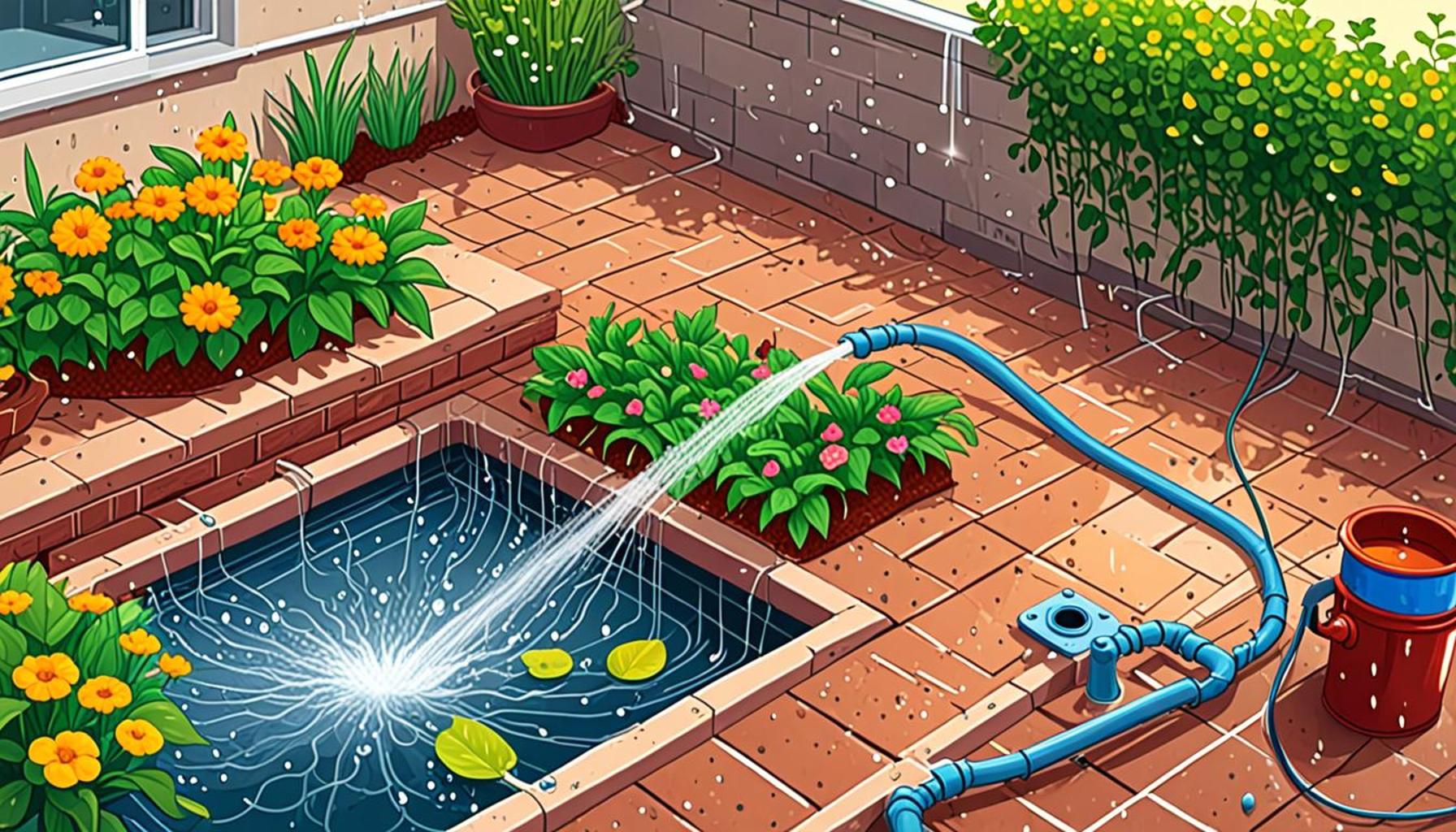Mulching Techniques: How Soil Cover Can Help with Water Retention
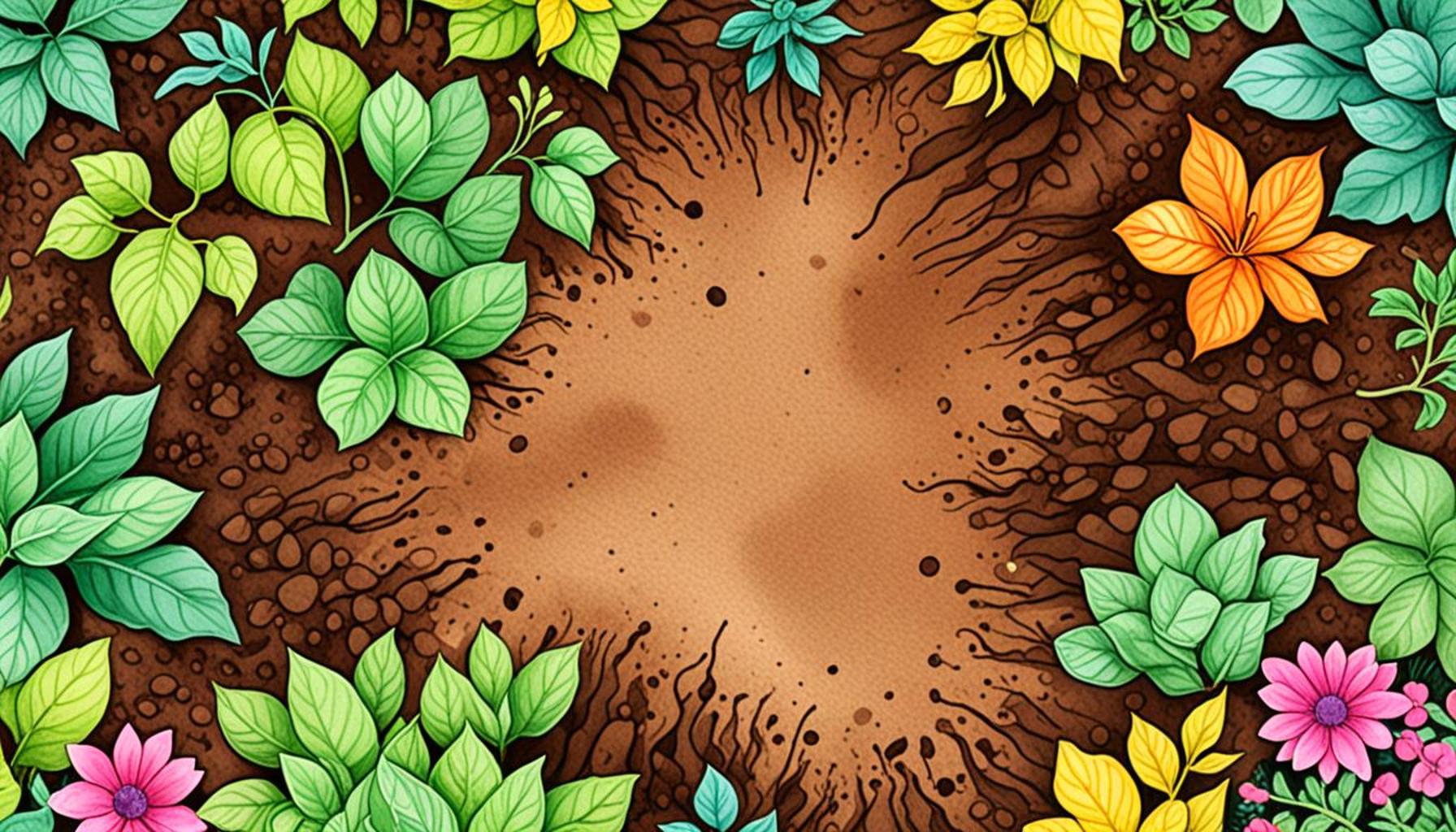
Understanding the Power of Mulching in Gardening
Effective mulching techniques can transform your gardening and landscaping efforts, providing a multitude of benefits that go far beyond aesthetics. By applying a layer of organic or inorganic materials—such as straw, wood chips, or plastic films—you create a protective shield over the soil. This shield not only enhances water retention but also nurtures the ecosystem within your garden.
Why is Mulching Important?
Mulching serves several essential purposes that every gardener should be aware of:
- Moisture conservation: A proper mulch layer significantly reduces soil evaporation, allowing plants access to consistent moisture. This is particularly crucial during hot summer months when plants are most susceptible to drought stress.
- Weed suppression: By blocking sunlight, mulch inhibits the growth of weeds, thus reducing competition for valuable water and nutrients. For instance, a thick layer of wood chips can effectively smother unwanted plants that might otherwise invade your garden beds.
- Soil temperature regulation: Mulch acts as an insulator, safeguarding roots from extreme temperatures, both hot and cold. In northern states, applying mulch in the fall can help protect perennials from harsh winter conditions.
In the United States, where climatic conditions vary widely—from the arid deserts of the Southwest to the humid subtropical landscapes of the Southeast—applying the right mulching techniques can make a significant difference in garden health. For example, in dry climates, using straw is ideal due to its light and dry nature, which helps retain moisture better. Conversely, wood chips and bark mulch are often preferred in regions with temperate weather, providing both aesthetic appeal and soil nourishment as they break down.
Let’s Dive Deeper
Exploring various mulching techniques reveals a treasure trove of advantages for your garden. The choice of mulch material can influence everything from nutrient availability to microbial activity in the soil. For instance, organic mulches like shredded leaves and grass clippings not only suppress weeds but also break down to enrich the soil with nutrients. Alternatively, inorganic mulches such as gravel or landscape fabric can provide long-lasting weed control without contributing to soil fertility.
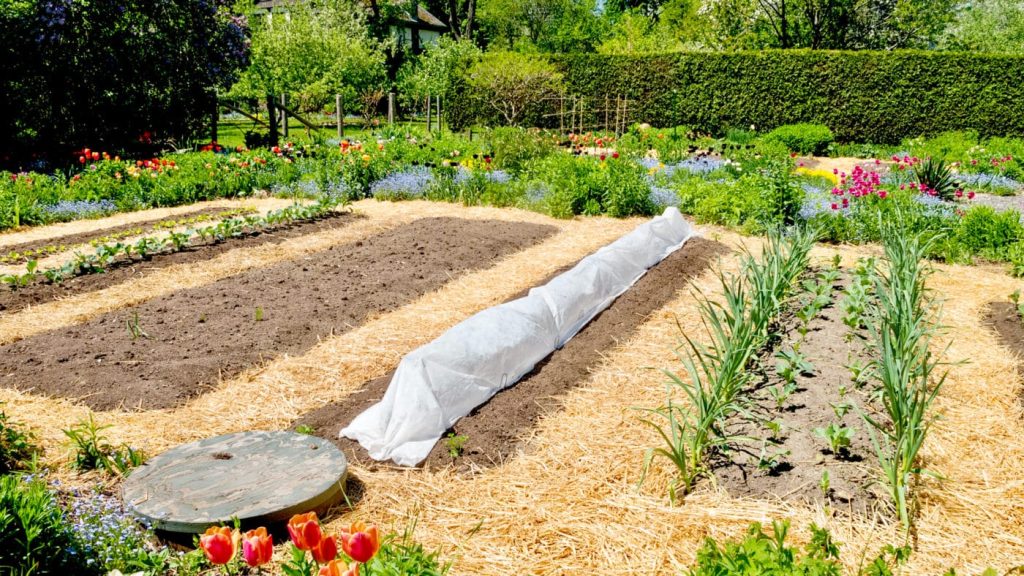
When applying mulch, proper technique also matters. Aim for a layer that is approximately 2 to 4 inches thick, as this depth is optimal for moisture retention. Additionally, keep mulch a few inches away from plant stems and tree trunks to prevent rot and pest attraction. Ready to explore the art of mulching and unlock the secrets of enhancing your soil’s health? The journey toward a thriving garden awaits!
DISCOVER: Click here to learn how to prepare your garden soil
Unlocking the Benefits of Mulching Techniques for Water Retention
To fully appreciate the impact of mulching techniques on water retention, it’s essential to explore the different types of mulch and how each promotes soil health. Various materials serve unique purposes. For instance, organic mulches like grass clippings, leaves, and straw decompose over time, enriching the soil with organic matter and nutrients. Conversely, inorganic options such as gravel and rubber mulch persist longer but do not enhance soil fertility. The key to a thriving garden lies not just in the choice of mulch but also in the understanding of local environmental conditions.
Choosing the Right Mulch Material
When considering your mulching options, factor in the climate, the types of plants you are growing, and the specific benefits you wish to achieve. Here is a look at a few popular mulch types and their advantages:
- Wood Chips: Often derived from shredded tree bark and wood, these mulches last longer than many organic varieties. They not only prevent soil erosion and weed growth but also retain moisture effectively, making them suitable for many regions across the U.S.
- Straw: Particularly effective in drier climates, straw is lightweight and excellent for moisture retention while offering light insulation against temperature fluctuations.
- Grass Clippings: This readily available option is nitrogen-rich and offers quick nourishment to the soil as it breaks down. Just be cautious to apply a thin layer to avoid matting, which can inhibit water penetration.
- Shredded Leaves: A gardener’s best-kept secret, shredded leaves turn into a nutrient-dense mulch as they decompose, benefiting all garden types while improving soil moisture.
- Landscape Fabric: A favorite for weed control, this inorganic option allows water to pass through while blocking sunlight. However, it doesn’t contribute to soil health like organic materials do.
In regions with heavy rains, such as the Southeast, mulching can counter excessive moisture by preventing soil compaction. On the other hand, arid zones like the Southwest can benefit immensely from a good mulch layer that enhances water conservation. By understanding your unique gardening ecosystem, you can make informed choices about the best mulching techniques to adopt.
Applying Mulch for Maximum Efficacy
The correct application of mulch can drastically enhance its moisture-retaining capabilities. Aim for a mulch depth of 2 to 4 inches, which is optimal for preventing evaporation while allowing water to seep through to the soil. Additionally, avoid piling mulch directly against plant stems or tree trunks. This practice can lead to rot and may attract pests. Instead, create a ring-like structure around the base of plants to facilitate water retention and protect roots from temperature extremes.
As you delve deeper into the art of mulching, remember that every garden is a unique ecosystem. By thoughtfully choosing mulch types and applying them with care, you can unlock the full potential of your soil’s water retention abilities and cultivate a flourishing garden.
| Mulching Type | Advantages |
|---|---|
| Organic Mulch | Enhances soil fertility by breaking down into nutrients as it decomposes. |
| Inorganic Mulch | Provides long-lasting weeds suppression and stability in moisture retention. |
The practice of mulching extends beyond simple soil cover; it serves as a vital technique in enhancing the capabilities of the soil to retain water. Organic mulches, such as straw or wood chips, not only provide moisture retention through their natural properties but also improve soil structure. As they decompose, they contribute valuable nutrients to the soil, promoting healthy microbial activity. This ecological process results in a vibrant ecosystem that can support plant growth even in dry conditions.On the other hand, inorganic mulches, like gravel or plastic, have their own unique advantages. While they do not decompose, they effectively suppress weed growth, which in turn lessens the competition for moisture and nutrients. These types of mulches create a barrier that prevents evaporation, keeping the soil consistently moist and more conducive to gardening and agricultural practices.This layered approach to soil management highlights the multifaceted benefits of mulching techniques, encouraging landowners and gardeners alike to consider the right type of mulch to enhance water retention in their specific environments. By carefully selecting and applying either organic or inorganic multipurpose materials, one can significantly improve their gardening conditions and ultimately ensure water availability, especially during periods of drought.
DISCOVER MORE: Click here to learn about choosing the right soil for your garden
Innovative Mulching Practices to Enhance Water Retention
As gardeners strive to maximize water efficiency, adopting innovative mulching techniques can have a transformative effect on soil moisture retention. One emerging trend is the use of living mulches, which involve planting cover crops or low-growing plants that support soil health and moisture while combating weeds. For example, clover is a popular choice among vegetable growers, as it not only suppresses weeds but also enriches the soil by fixing nitrogen, creating a symbiotic relationship within the ecosystem.
Layering Techniques for Enhanced Moisture Retention
Another effective strategy is the use of layering or stratification of mulch materials to enhance their efficacy. This involves combining organic and inorganic materials to leverage the benefits of both types. For instance, a base layer of wood chips can be topped with straw or shredded leaves. This technique improves drainage and aeration, while the top layer retains moisture and regulates soil temperature. Using a varied mulch profile also introduces a range of textures and microorganisms, further promoting a healthy soil biome.
Integrating Mulching with Drip Irrigation Systems
For gardeners looking to optimize water use, integrating drip irrigation systems with mulching can yield impressive results. Drip irrigation delivers water directly to the plant roots, minimizing evaporation and runoff. When combined with a layer of biodegradable mulch, the repetitive cycles of watering can lead to a more consistent moisture level in the soil. This complementary approach is particularly effective in areas where water scarcity is a concern, such as the Western United States. Studies indicate that gardens incorporating both methods can achieve a reduction in water usage of up to 60% while maintaining vibrant plant health.
Seasonal Adjustments in Mulching Practices
Furthermore, it’s crucial to adapt your mulching practices seasonally. For example, in cooler months, gardeners may want to add a thicker layer of mulch to provide extra insulation to protect plant roots from frost and retain moisture in winter’s dry air. Conversely, during warmer, drier periods, mulch can be applied more judiciously, focusing on areas that require the most moisture retention. By monitoring soil moisture levels and adjusting the mulch accordingly, gardeners not only support plant resilience but also conserve water more effectively.
The significance of mulch extends beyond mere aesthetics; its impact on water retention intersects deeply with sustainable gardening practices. With the increasing unpredictability of weather patterns, understanding and implementing advanced mulching techniques tailored to your specific garden landscape becomes not just beneficial, but essential for thriving gardens.
As interest grows in sustainable agriculture and community gardening, so too will the awareness of eco-friendly mulching practices. Whether you are an experienced gardener or just starting, implementing these innovative techniques can pave the way for water-efficient landscapes that support biodiversity, enhance soil health, and reduce dependency on artificial irrigation.
LEARN MORE: Click here to discover efficient watering techniques
Conclusion
In conclusion, the strategic implementation of mulching techniques offers a multifaceted approach to enhancing soil moisture retention, vital for successful gardening, especially in the face of changing climate conditions. By utilizing methods such as living mulches, layering materials, and integrating drip irrigation, gardeners can significantly improve water efficiency while supporting soil health and biodiversity. The transformative power of these techniques is underscored by the potential for reducing water usage by up to 60% when applied thoughtfully.
As the demands of sustainable agriculture gain momentum, adapting mulching practices to seasonal changes becomes paramount. It not only protects plant roots from extreme temperatures but also plays a crucial role in conserving precious water resources. This holistic approach not only nurtures robust plants but also fosters a resilient garden ecosystem.
For both novice and seasoned gardeners, understanding the myriad benefits of mulching can lead to environmentally friendly practices that enrich the soil and promote a thriving landscape. As we look toward a future shaped by water scarcity, the role of effective soil cover cannot be overstated. By embracing these innovative mulching techniques, you can cultivate a garden that not only flourishes but also stands as a testament to sustainable gardening practices. With each layer applied, you’re not just enhancing the garden; you’re investing in the health of our planet.
